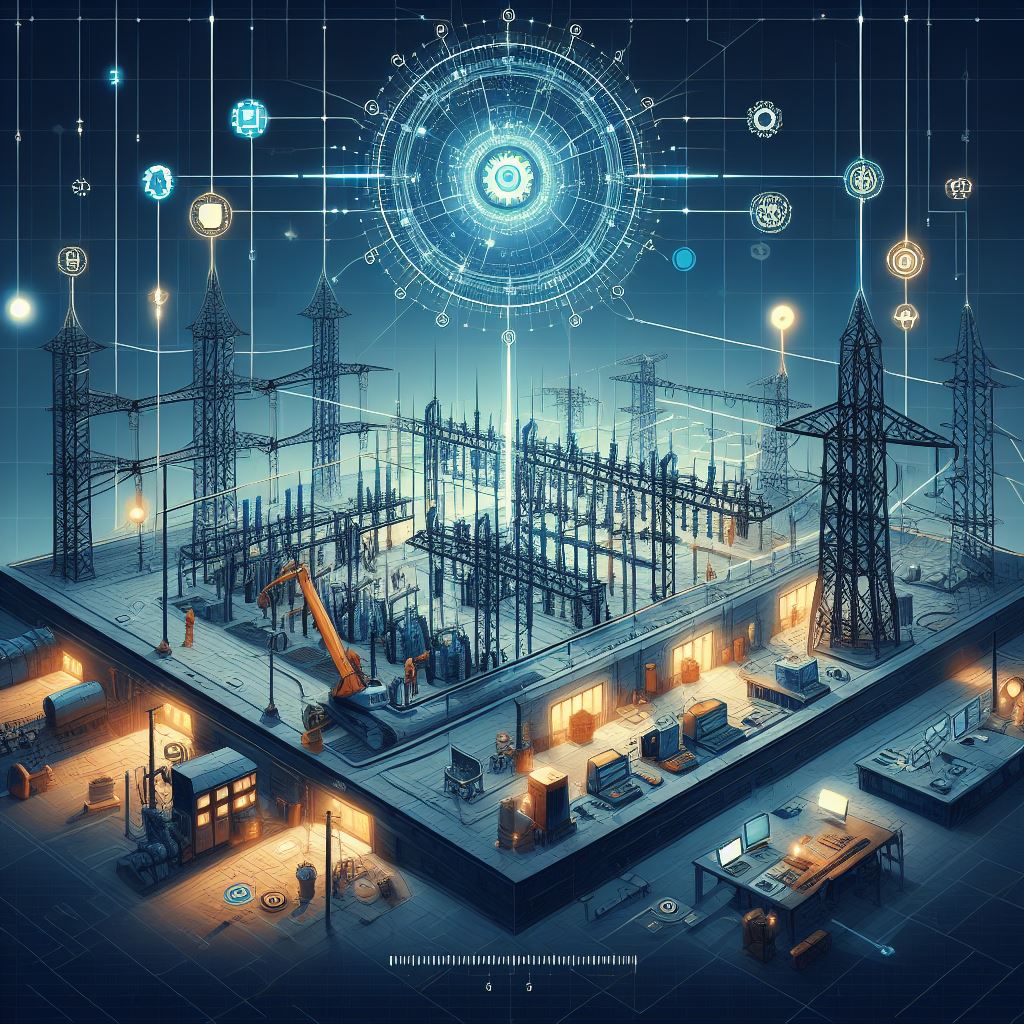In a report that sheds light on the environmental impact of artificial intelligence (AI), The New Yorker reveals startling statistics about ChatGPT’s Energy Consumption, the electricity consumption of OpenAI’s renowned chatbot, ChatGPT. With ChatGPT churning through more than half a million kilowatt-hours daily to respond to a staggering 200 million requests, concerns about the energy footprint of AI technologies are gaining traction. As the AI industry continues to burgeon, questions arise about the sustainability of its electricity demands and the potential ramifications for global energy consumption.
The energy drain of AI
In the vast expanse of the digital realm, where algorithms dictate interactions and AI-driven innovations shape human experiences, lies a burgeoning concern – the colossal energy appetite of artificial intelligence. At the heart of this concern is ChatGPT, OpenAI’s celebrated chatbot, which has been revealed to consume a staggering amount of electricity daily. According to The New Yorker’s recent report, ChatGPT guzzles more than half a million kilowatt-hours each day, dwarfing the modest 29 kilowatt-hours used by the average American household. This revelation underscores the stark disparity in energy consumption between AI technologies and traditional household utilities, prompting a critical examination of the environmental consequences.
As the AI landscape evolves, propelled by technological advancements and societal integration, the energy demands of these innovations are poised to escalate. The proliferation of generative AI, capable of producing human-like text and content, presents a looming specter of heightened electricity consumption. If giants like Google were to incorporate generative AI into their ubiquitous search algorithms, projections indicate a potential annual electricity drain of 29 billion kilowatt-hours – a staggering figure surpassing the energy consumption of entire nations. The implications of such exponential growth in AI energy usage raise pressing concerns about sustainability and resource allocation in an increasingly digital-centric world.
Analyzing ChatGPT’s energy consumption landscape
Amidst the rapid expansion of the AI landscape, quantifying the precise electricity consumption of the industry remains a daunting task. The opacity surrounding Big Tech companies’ energy usage exacerbates this challenge, hindering comprehensive assessments of AI’s environmental impact. While estimates based on available data provide insights into the scale of AI’s energy appetite, discrepancies and uncertainties persist. Alex de Vries, a data scientist, highlights the complexities inherent in quantifying AI electricity consumption, citing variability in operational methodologies and the reticence of industry players to disclose pertinent information.
Despite these hurdles, projections offer a glimpse into the potential trajectory of AI energy consumption. Drawing on figures from Nvidia, a dominant force in AI hardware, de Vries forecasts an annual electricity consumption between 85 to 134 terawatt-hours for the entire AI sector by 2027. Such projections, while speculative, underscore the magnitude of AI’s energy footprint and its implications for global electricity consumption. As AI technologies continue to permeate diverse sectors, from healthcare to finance, reconciling innovation with environmental stewardship emerges as an imperative task.
As the discourse surrounding AI’s energy consumption gains momentum, pivotal questions demand attention. How can the burgeoning energy demands of AI be reconciled with sustainability imperatives? What measures must be enacted to mitigate the environmental impact of AI innovations? The convergence of technological advancement and environmental consciousness heralds a paradigm shift in the digital landscape, challenging stakeholders to navigate the complexities of AI’s energy footprint responsibly. In the quest for innovation, striking a balance between progress and sustainability emerges as a defining imperative for the future of AI-powered societies.




